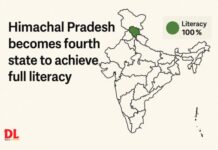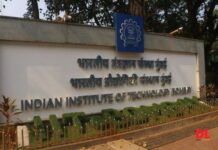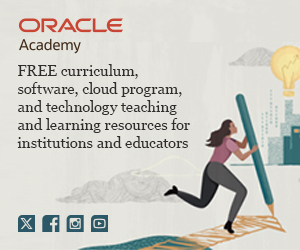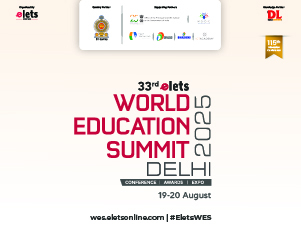The Indus World School of Business (IWSB), Greater Noida, recently announced the 6 finalists of Srijan'10, a unique initiative aimed at harnessing India's entrepreneurial talent. Srijan, an initiative of IWSB provides a springboard to the numerous entrepreneurial ideas across the whole country. The school through its Incubation Centre envisages promoting the values of entrepreneurial leadership, with the aim to nurture, harness and bring the entrepreneurial ideas amongst its student community and also facilitate such opportunities in the country at large. The winning start-up ideas are currently in the process of being incubated at the incubation centre of entrepreneurship cell of the institute, known as CIEL (Centre for Inspiring Entrepreneurial Leadership). The participating ideas were brought in by teams from all over the country and were from across sectors like technology, environment, energy, business consultants, etc. The judging panel comprised of: Prakash Bagri (Head-Marketing, Intel), Anuj Sinha (Advisor & Head-NCSTC, Govt. of India), Pradeep Gupta (Chairman, Cybermedia Group), Sunita Singh (Sr. Director, NEN), Rahul Nanda (COO, Webchutney), Kapil Arora (Partner, Universal Legal), Satya Narayanan (Chairman, Career Launcher), Gautam Puri (Vice-Chairman, Career Launcher), Deepak Bansal (CEO & Founder, Clearpath Technology. All the participating teams were examined against parameters of feasibility, sustainability, scalability and many more. The teams that earned incubation for themselves include Green-O-Bin, 6 pi Consultants,Team Bharat, Advait Energy, Bio-Sol, and Shiv Shakti Enterprise.
Green-O-Bin provide end-to-end solution for paper waste management, consultancy to reduce the waste as well as complete paper recycling solutions to help organization understand Product Stewardship. Green-O-Bin aims 'Near to Zero Landfill' policy by providing source segregation and recycling services for waste paper. 6 pi Consultants aspires for Acting as intervening agents in the current education system- by improvising the inputs to learning, creating positively contributing human assets for the corporate and the society. Mobilizing a pool of skilled intellectual labour (working professionals) and creating synergies between the industry's requirement (demand) and the institutions' (supply). Assisting the corporate to reduce the learning curve for new hires and thereby maximise effectiveness and productivity of the workforce. Future planned developments include providing research and consulting services courtesy the dynamic pool of resources at disposal and the acquired student base over the years. Advait Energy is an 'Affordable Clean Energy' company that aims to provide clean energy solutions to customers at the bottom of the pyramid via a sustainable, for-profit approach. The company is addressing two challenges currently faced by the energy industry. Firstly, over 1.6 billion people in the world still lack access to electricity. Secondly, conventional methods of electricity generation have come at a great cost to the environment. Advait Energy offers solutions for distributed small-scale generation of electricity from renewable energy sources, with an emphasis on places where access to electricity is currently negligible or non-existent. The company is based in New Delhi and is currently focusing on providing solar power in rural parts of Northern India.
Pomegranate production has been suffering due to the 'oily spot disease'. The scientific community has failed to control the disease & recommended the government to stop fresh planting and go for a crop holiday for 10 years. After extensive research, they have successfully developed a formulation to tackle this problem. We intend to commercialise this product. Their services include support services, educational campaigns to guide farmers to improve productivity. Company is looking forward to expand its business to Karnataka, Andhra Pradesh, Gujarat and Rajasthan. Shiv Shakti Enterprise is an innovation led electronics manufacturing company. 'Lifesaving finger ring' is one of their unique products. It's a security device which works through Mobile phone, finger ring & RFID technology. It's useful for disabled, elderly peoples, Police, Banks, vehicles, Petrol Pumps & various other purposes.



















